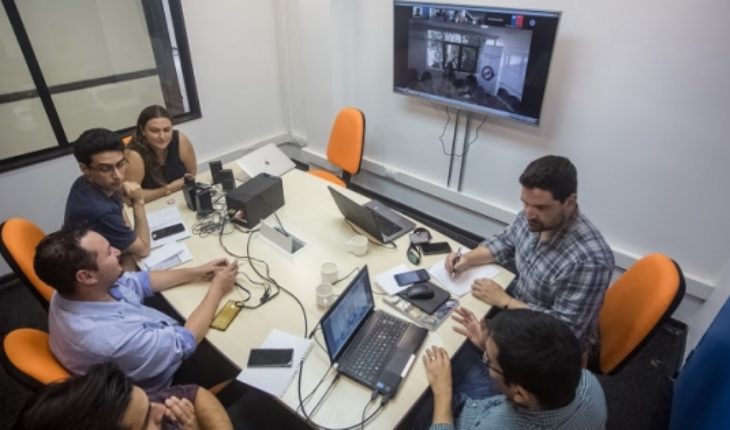In Chile, so-called Mandatory Notification Diseases (ENOs) are about 40 that are grouped into daily or immediate notification diseases, including some such as Cholera, Coqueluche, Dengue, Diarrhea, Yellow Fever, Gastroenteritis for Vibrio parahaemolyticus, Gonorrhea, Viral Hepatitis A B C and E, Malaria, Rubeola, Measles, Syphilis, Cardiopulmonary Hantavirus Syndrome, HIV/AIDS, Tuberculosis and Varicella, among others.
That is why the Ministry of Health will implement in the public and private health systems at the national level the platform Registration of Alert and Surveillance of Diseases of Mandatory Notification, Ravenna, software developed by the academic Carla Taramasco, of the School of Computer Civil Engineering of the University of Valparaiso.
The implementation of this new system, considered the first platform that allows the management and traceability of patients with these pathologies in Chile, will replace the current Epivigila system. It will be held from zero hours of this Tuesday 28 January and the system is expected to have more than 13 thousand users, among which are doctors from public and private care centers, delegates of epidemiology, seremis of health and Minsal, among others.
“EE system supports the complete reporting process, considering clinical status, whether it is suspicion, confirmation or clinical description, along with laboratory examinations, validation or non-validation, return and closure, thus facilitating the complete management and traceability process for the prevention and control of ENOs. The system generates different alerts and reports, decreasing management time, and developed an automated enlistment process of users”, explains Dr. Taramasco, director of the platform.
Prevention and control of communicable diseases
“The goal of the platform is to facilitate the prevention and control of communicable diseases, strengthening the notification process for which an easy-to-use form with various business rules is generated to avoid errors in data entry. The system reports if there are missing fields to complete and displays the stages and statuses of the notification,” he adds.
The academic states that “the system delivers reports on tables, graphs and maps which facilitates disease monitoring and the actions necessary for disease control and early detection of outbreaks of certain diseases. The platform manages the notification process and allows decisions to be made on communicable disease events in Chile.”
As he explains, “in the near future we hope to develop a comprehensive surveillance platform that will allow us to visualize the reality of each user of the health system, with communicable or chronic disease, as well as knowing the health status of the population and planning public policies adapted to real needs”.
For the implementation at the national level the Minsal signed a two-year agreement with the University of Valparaiso, the first time that the portfolio acquires such a system from a university. Its entry into force is structured in four fundamental milestones: the first was the complete development of the platform and the second is the so-called “production output” planned for January 28, where 100% of users will start using this new system. The third milestone is the development of various reports at the communal, region and country level, including propagation and outbreak models, to end comprehensive patient traceability, establishing relationships, causation and risk factors.
“Raveno allows to model and monitor communicable diseases to detect outbreaks early, these models are working together with the MINSAL by geographical area and time interval, adapting the models that work internationally to our reality to understand the current epidemiological situation,” Taramasco argues.
The academic adds that “the system provides real-time information per epidemiological week and per calendar week, on the state of communicable diseases in Chile, which is a contribution for health workers, as well as to citizens. The development of this platform, which integrates research and development, was within the framework of a FONDEF project that allowed us to transfer to Minsal a useful tool that solves a real problem for surveillance and decision-making in public policy.”
“We are contributing from health-applied computing, working on personalized care, strengthening prevention strategies focused on patient needs,” he added.





